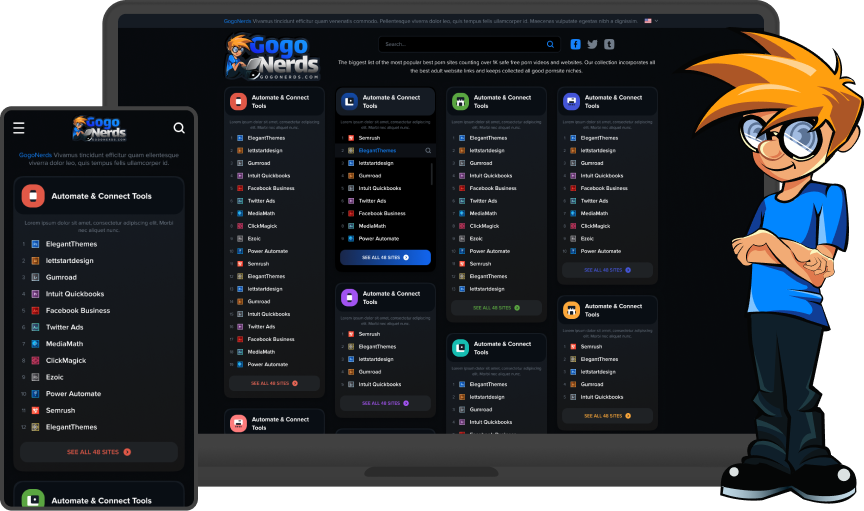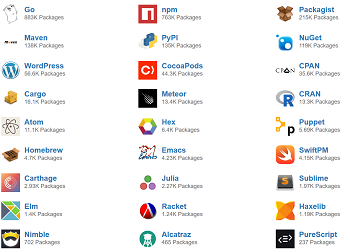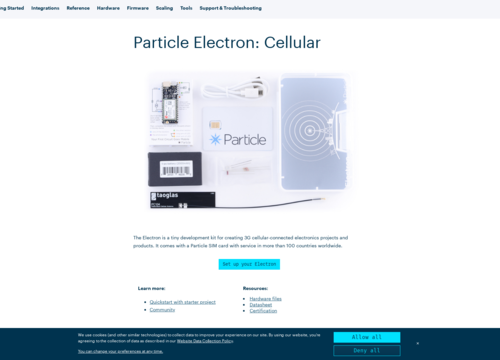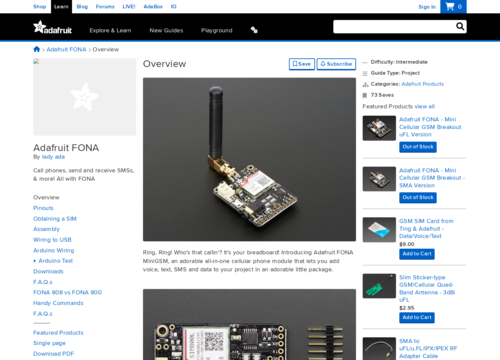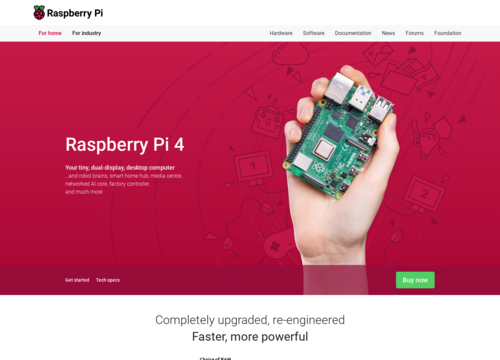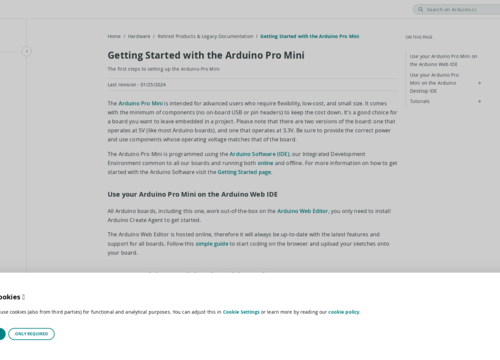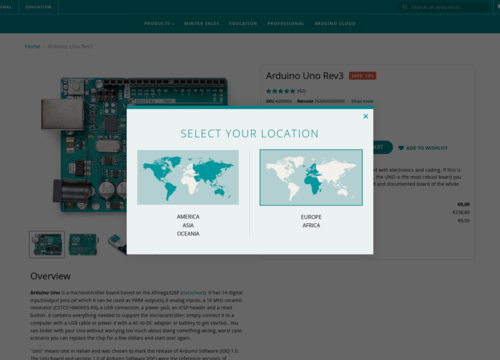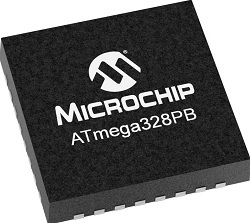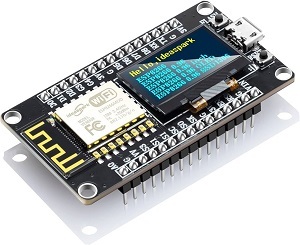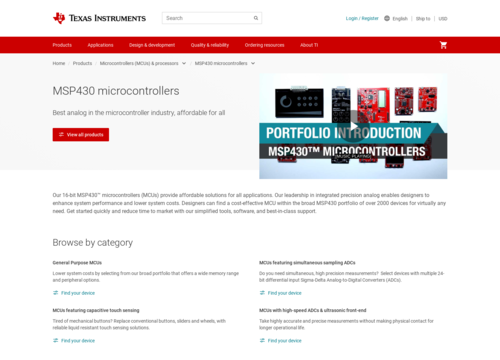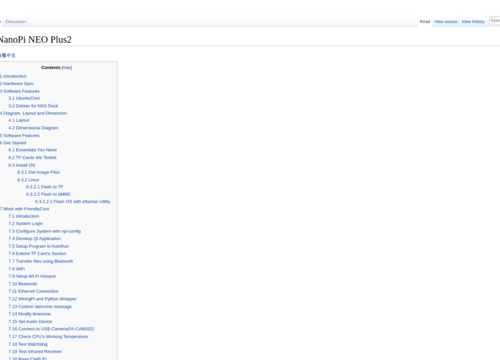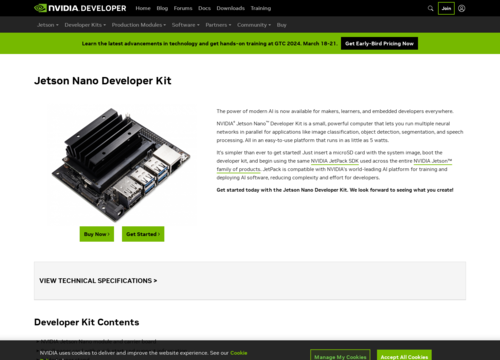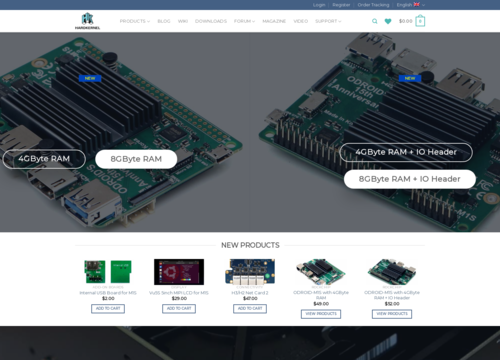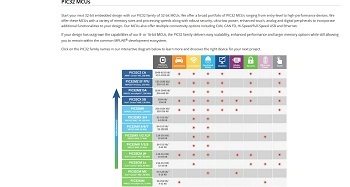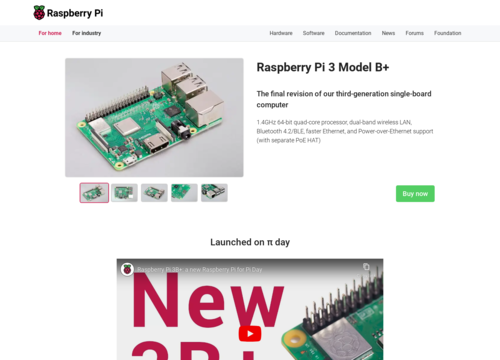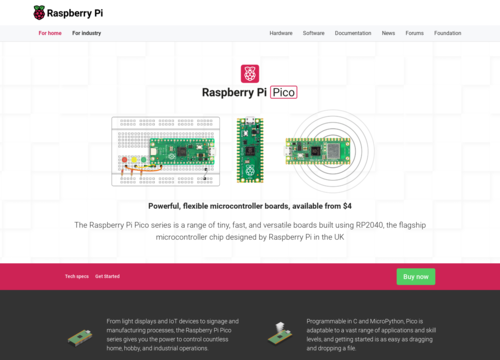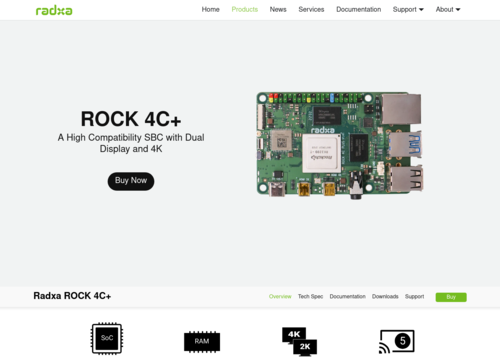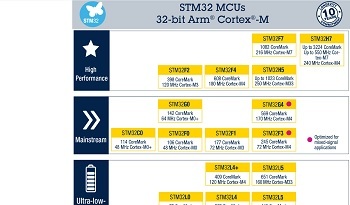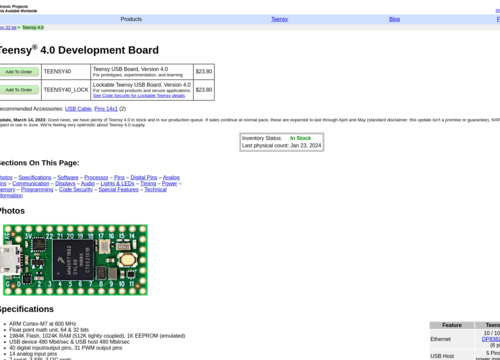Particle Electron
https://docs.particle.io/electron/Particle Electron
Particle Electron is a cellular IoT (Internet of Things) device that allows for connecting various sensors and devices to the internet via a cellular network. Moreover, this approach is particularly useful in scenarios where Wi-Fi or other forms of connectivity are unavailable or reliable.
Cellular Connectivity
The most significant feature of the Particle Electron is its ability to connect to the internet via 2G or 3G cellular networks. This makes it ideal for remote applications such as agricultural sensors, outdoor monitoring systems, or any IoT application that needs to operate outside the range of traditional Wi-Fi networks.
Microcontroller Unit (MCU)
At its core, the Particle Electron includes a microcontroller unit, which is essentially the brain of the device. This MCU is responsible for processing data, executing code, and controlling connected sensors and devices.
Particle Cloud Integration
An electron is designed to work seamlessly with the Particle Cloud platform. This platform provides various services, such as device management, firmware updates, and data integration capabilities. It allows users to remotely manage their devices, push updates, and securely transfer data between the device and the cloud.
Development Environment
A particle provides a development environment that includes a web-based Integrated Development Environment (IDE), a Command Line Interface (CLI), and a Device Management Console. These tools make programming, deploying, and managing the electron relatively straightforward, even for those with limited experience in embedded systems.
Input/Output (I/O) Capabilities
An electron has a range of I/O options that allow it to connect with various sensors, actuators, and other devices. These interfaces include digital and analog inputs and outputs and UART, I2C, and SPI interfaces. These interfaces enable the electron to interact with a wide range of external hardware.
Power Management
Given its potential use in remote areas, efficient power management is crucial. The electron network includes features for power optimization and can be powered via a USB connection or a LiPo battery. It also has onboard battery charging and management capabilities.
Community and Ecosystem
A particle has a vibrant community and ecosystem, providing a wealth of libraries, tutorials, and support. This community support can be invaluable for troubleshooting and for finding creative solutions to complex problems.
Applications
Particle electrons (PEs) are used in a variety of applications, ranging from environmental monitoring and agricultural technology to asset tracking and smart city infrastructure. Its ability to operate on cellular networks makes it a versatile choice for IoT projects that are stationary or located in areas without traditional internet access.
Security Features
Security is a critical aspect of IoT devices, and the Particle Electron addresses this issue with several built-in features. It offers encrypted communication between the device and the Particle Cloud, ensuring that the data transmission is secure. Additionally, the platform allows for secure firmware updates, reducing the risk of unauthorized access or tampering with the device.
SIM Card and Data Plans
To enable cellular connectivity, an electron is typically equipped with a Particle SIM card, although it can also work with third-party SIM cards. Particles provide various data plans to meet different usage requirements. This flexibility allows users to choose a plan that best fits their project needs, whether for low-bandwidth applications or more data-intensive tasks.
Size and Portability
An electron is compact and easily integrable into various project setups. Its small size makes it suitable for portable applications, where space and weight are important considerations.
Expandability
An electron can be expanded with various shields and accessories. For instance, particles offer a range of shields that can add functionalities such as GPSs, additional I/O ports, or even solar power charging capabilities. This expandability makes the electron transformable adaptable to a wide array of applications.
Firmware and Software Development
The device uses a variant of the Wiring/Arduino framework, making it accessible for those familiar with Arduino programming. The firmware can be written in C or C++, and Particle’s web IDE offers a library of prewritten code to simplify development.
Real-world Use Cases
Beyond theoretical applications, the Particle Electron has been used in real-world scenarios such as wildlife tracking, where traditional connectivity methods are not viable. It has also been applied in industrial monitoring, where alerts or data can be sent from machinery in remote locations.
Community Support and Documentation
One of the strengths of Particle’s platform is its extensive documentation and active community support. This includes detailed guides, forums, and a knowledge base that can help users move from the development phase to deployment and troubleshooting.
Energy efficiency
While cellular connectivity can be power intensive, an electron is designed with energy efficiency in mind. The tool includes sleep modes and power-saving techniques that are crucial for battery-operated or energy-sensitive applications.
Compliance and Reliability
A particle ensures that its devices, including the electron, comply with international standards and regulations. This compliance is key for users who plan to deploy their projects commercially or in sensitive environments.
In summary, the Particle Electron is a robust and versatile platform designed for IoT applications where cellular connectivity is needed. Its combination of ease of use, security features, community support, and expandability make it a preferred choice for a wide range of IoT applications, from simple hobbyist projects to complex industrial solutions. Whether for remote data collection, asset tracking, or environmental monitoring, an electron offers a reliable and efficient way to connect devices to the internet.

